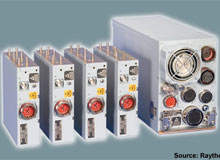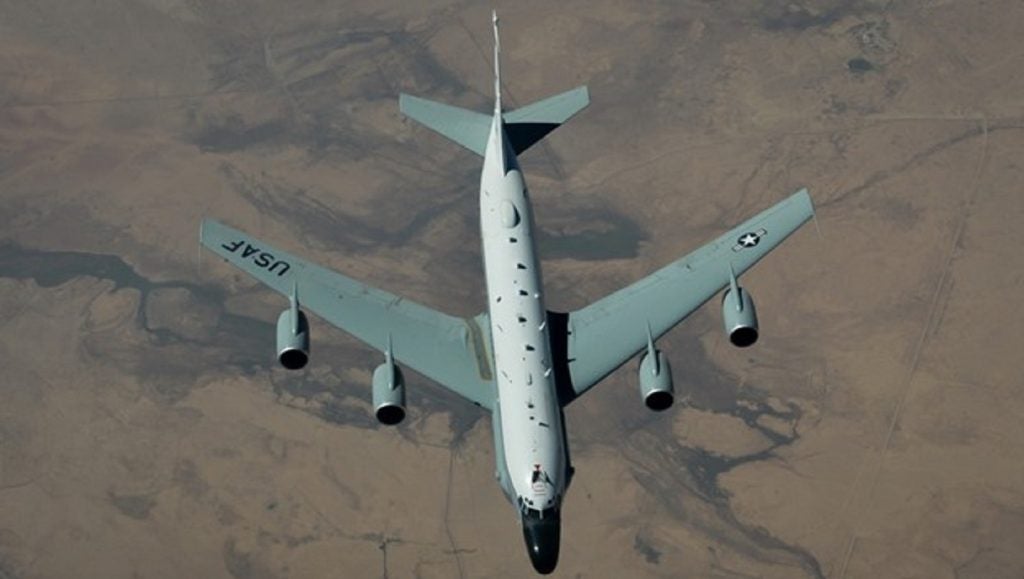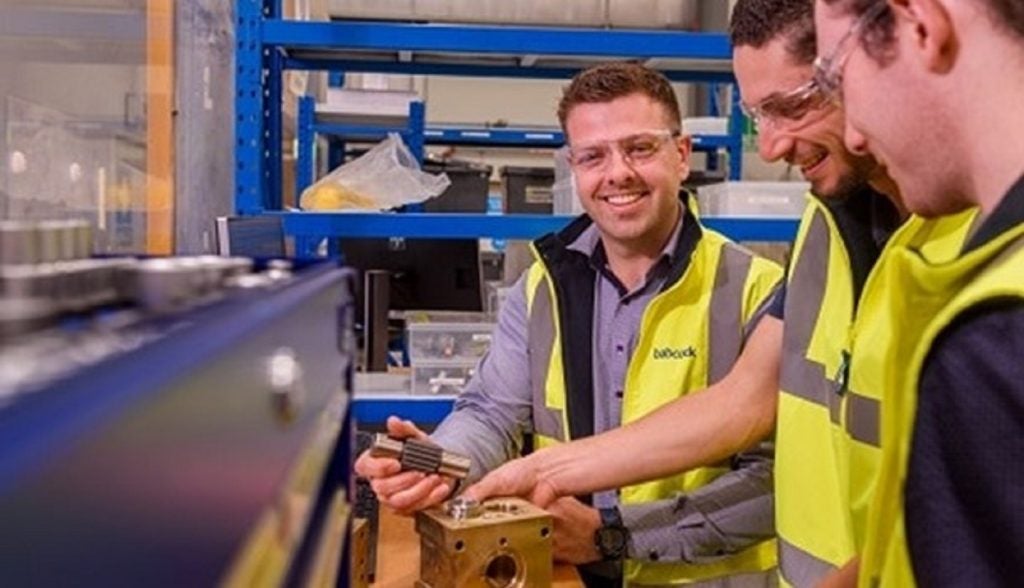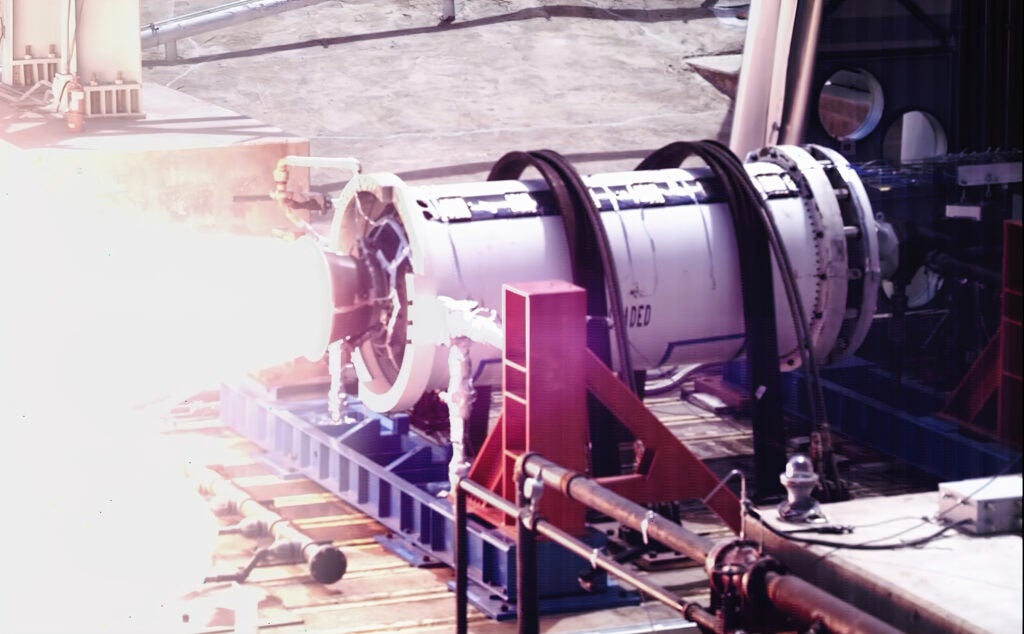
The ALR-67(v)3 radar warning receiver (RWR) has been the state-of-the-art in US military fleets for years, but a recent contract with the Royal Australian Air Force (RAAF) confirms the device is also set to become a significant export earner for Raytheon.
First developed after Raytheon won a contract with the US Navy in 1999, the ALR-67(v)3 (also known as the advanced special receiver, or ASR) enhanced the previous (v)2 model RWR – based on crystal video A/D technology – with a fully channelised digital architecture that reduced system complexity, size and weight (just 100lb / 45kg).
That architecture’s completely digital structure meant it was able to introduce advanced digital signal processing techniques, which allowed the system to pick out even faint radar signals from amongst the increasingly noisy radar profiles typical of today’s combat situations.
This sensitivity is crucial for picking out incoming anti-aircraft missiles from an increasingly dense haze of radar noise.
“We probably bring more electronic smog into the theatre than we used to deal with from the enemy,” says Peter Aichinger, director for tactical airborne systems within Raytheon’s electronic warfare business unit. “The ability to detect what’s out there is more relevant than ever before.”
FULLY DIGITAL
How well do you really know your competitors?
Access the most comprehensive Company Profiles on the market, powered by GlobalData. Save hours of research. Gain competitive edge.

Thank you!
Your download email will arrive shortly
Not ready to buy yet? Download a free sample
We are confident about the unique quality of our Company Profiles. However, we want you to make the most beneficial decision for your business, so we offer a free sample that you can download by submitting the below form
By GlobalDataDesigned specifically for the F/A-18E/F Super Hornet aircraft and integrated into the first batch of those planes, the ALR-67(v)3 incorporates a number of key elements. Four quadrant receivers provide directional detection of radar signals (including millimeter wave capability), as do a pair of EAD Aft Antenna and a pair of forward receive antennae.
A low-band radome and low-band integrated antenna are mounted towards the front of the plane, as are a dedicated digital countermeasures receiver and countermeasures signal processor (CSP).
The CSP uses an architecture built on bog-standard dual Motorola PowerPC G4 processors, which provide more processing power than is required by the system, to significantly increase the density of manageable threats.
The use of operational flight programme software processes pulse and continuous wave data from receiver to characterise, identify, and prioritise detected threats with what Raytheon calls ‘accurate, unambiguous emitter identification’. Because this characterisation is done in software, the RWR is immensely future-proof and can use data file upgrades to expand its portfolio.
A major part of the ALR-67(v)3’s appeal it its tight integration with a range of other key onboard combat systems. For example, a link with the ALE-50 towed decoy system helps the RWR play a significant role in the plane’s electronic countermeasures system.
The ALR-67(v)3 also includes what Aichinger calls ‘unparalleled’ integration with AESA (active electronically scanned array) radar units such as Raytheon’s APG-79. AESA, introduced shortly after the Super Hornet, use a solid-state antenna design that, compared with conventional mechanical units, provides increased scanning rate, longer range, simultaneous air and ground operation and the ability to track a massive number of targets simultaneously.
Having completed formal operational evaluation testing last December, the APG-79 is now installed in 28 US Navy aircraft and will eventually become standard issue on what is estimated at around 400. Working closely with the ALR-67(v)3, the AESA systems will be able to track multiple targets simultaneously, guiding missiles to their destination across an extremely wide field of view.
The unit is more than just about tracking targets, however: because of its increased sensitivity, Aichinger says the ALR-67(v)3 is gaining a role as a passive listening device. “The role of a RWR, which was traditionally focused on air-to-air or SAM site targeting, has changed,” he explains.
“You have to look at the RWR as an extremely sensitive passive listening device. It can listen for and determine the direction of things out there, which often is as valuable as the traditional role of protecting the pilot.”
ALR DOWN UNDER
At around $1m each, the rollout of the ALR-67(v)3 has progressed steadily. Under the terms of the original contract, by 2002 Raytheon had supplied the US Navy with 34 complete installations of the unit, along with 40 spare quadrant receivers and five countermeasures receivers. In 2005, Raytheon received the latest of seven production contracts that expanded the total deployment to 284 receivers, plus spares.
Much of the unit’s appeal lies in its strong performance in radar-saturated battle spaces – in particular, in Operation Iraqi Freedom, where fighters face the significant saturation of radar signals. Many of these signals are related to a higher density of both land-based and aerial threats, while many others come from coalition aircraft that must be identified and separated from detected threats.
anti-aircraft missiles from an increasingly dense haze of battle space radar noise.”
Despite the steady penetration of the unit into the Navy’s fleet of Super Hornets, the device had not been sold outside the US until this year, when the RAAF committed $24.4m to purchase 24 of the ALR-67(v)3 units for its newly ordered Super Hornets. The first deliveries under the contract will come in October 2009 and all units are expected to be installed by September 2010.
The move was more than just a show of admiration for Raytheon’s technical prowess, however: the decision to adopt the ALR-67(v)3 came after two years of effort and an estimated $400m spent trying to develop a domestic equivalent, under a project run by BAE Systems Australia and known as ALR2002B.
That contract was awarded to BAE in February 2005 and produced a system that had been successfully tested on a range of aircraft including the C-130 Hercules and DHC-4 Caribou, as well as S-70A Black Hawk and CH-47 Chinook helicopters.
In total A$94m was spent on the ultimately fruitless effort to develop and test the system on the RAAF’s Hornets, but in the end it was determined that the ALR-67(v)3 was a better option for the RAAF’s new Hornet upgrade (HUG) programme. The BAE effort was halted in November 2006.
The RAAF was typically tight-lipped about the acquisition, offering only that Defence had ‘selected the ALR 67v(3) RWR system as it is a proven system which is already in operational service on US Navy Hornet aircraft’.
In 2010, F-111s at the RAAF Base Amberley will be superseded by F/A-18F class Super Hornets – 24 in total – an intermediate step in the RAAF’s path towards the introduction of the F-35 Lightning II joint strike fighter. This acquisition was announced in March, at a cost of A$6bn over ten years, and will give the newly acquired ALR-67(v)3 units a modern platform on which to operate.
COALITION STRENGTH
Although the timing of the RAAF’s own fleet upgrades proved fortuitous, Australia isn’t the only country exploring the possibilities of the ALR-67(v)3. Finland’s defence forces have signed contracts with Raytheon; the Swiss government is considering a purchase; and, in August, Canada’s government notified the US government of its intention to spend $209m for 59 ALR-67(v)3 units as well as related training and support.
While the RAAF is acquiring the latest F/A-18F Super Hornets, the Finnish and Swiss fleets are comprised of the substantially different C/D class Hornets, for which the ALR-67(v)3 is also suitable. The scope of those upgrades also includes some older A-class planes, which are also compatible; however, all of the legacy aircraft lack the distinctive AESA radar that helps the ALR-67(v)3 realise its full capabilities.
“To keep these planes relevant in a modern scenario, you have to envisage the environment in which they were first introduced,” says Aichinger, highlighting the support value of Raytheon’s performance-based logistics (PBL) infrastructure. “Those planes have quite a role to fulfil before they’re allowed to retire.”
A major part of that role will come from increased joint strike capabilities, part of the requirement for successful coalition efforts in Iraq and elsewhere. Broad adoption of the ALR-67(v)3 provides an important common platform for all coalition member aircraft to operate from – ensuring minimal interference and maximising performance in combat situations.
The ALR-67(v)3 isn’t the only RWR being floated for adoption by Raytheon, however. Its ALR-69A(V) RWR, an upgrade to the ALR-69(V) currently installed in C-130, F-16, A-10 and MH-53 aircraft, will be installed in ten planes through a $9.3m contract. That contract is a follow-on to the initial contract for the ALR-69A(V), which saw 17 of the systems ordered in August 2001.
Borrowing some of the ALR-67(v)3’s all-digital design, the new units will offer a significant improvement in capabilities, including the ability for multiple aircraft to share data in order to improve the accuracy of passive threat location. This will make them strong complements to the enhanced capabilities provided by the ALR-67(v)3, filling out the RWR capabilities available to US forces and highlighting the broad acceptance of the fully digital channelised architecture.
“There was initially some discussion about whether the Navy and Air Force would cooperate on their requirements and come up with one solution,” said Aichinger, “but it was eventually determined that they were different enough that this would not make sense. The systems have evolved to different requirements.”






